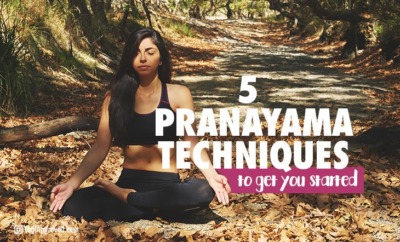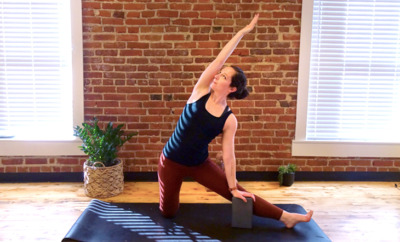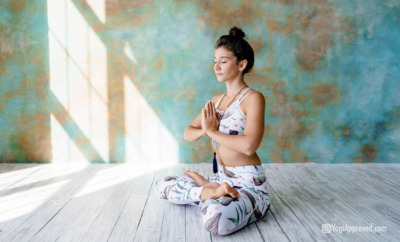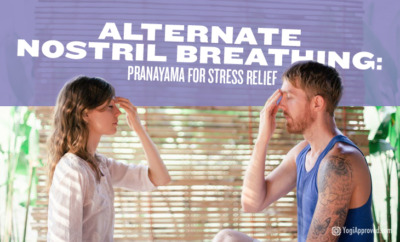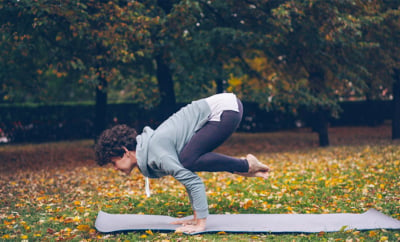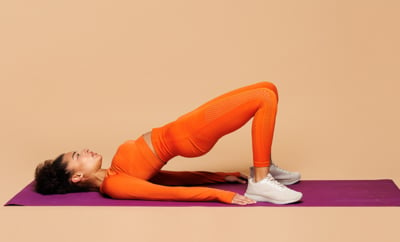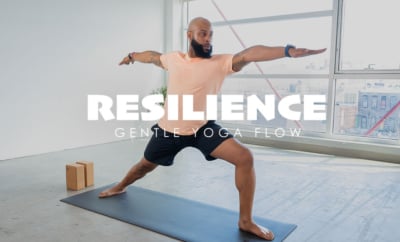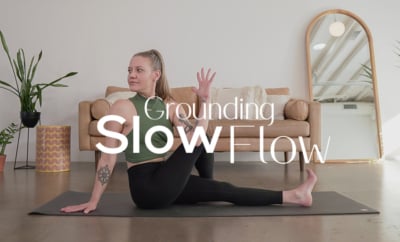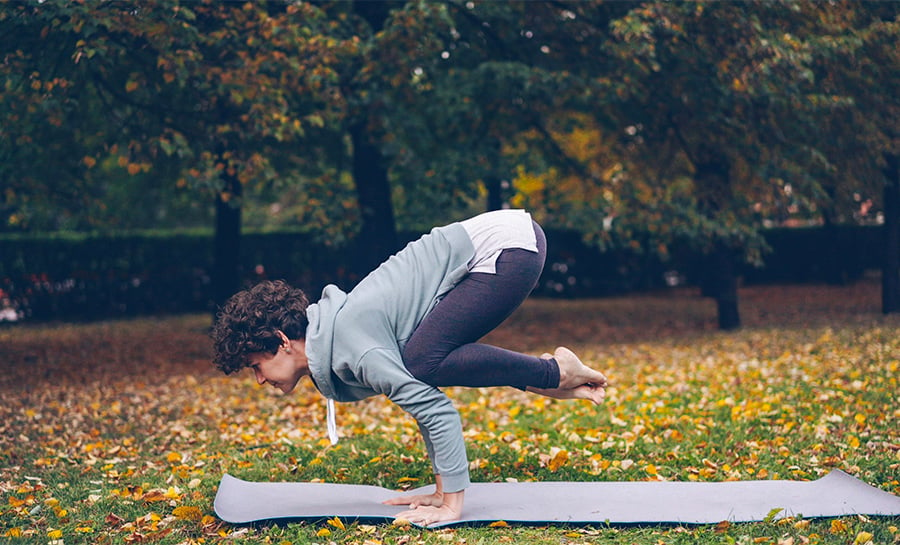5 Tips on How to Breathe Effectively During Your Yoga Practice

breate effectivly article
Yoga often puzzles those who are new to it. From the right attire one should wear, to the level of fitness yoga requires, many are often intimidated by this exercise before they even start. One question that arises consistently among newcomers is how to breathe properly and effectively during yoga.
With so many things to keep in mind, from the pose you’re doing to what your instructor is saying, as well as what your body is telling you, breathing often seems to be the most difficult thing to remember. But the physical practice of yoga requires proper breathing – helping to quiet the mind and create the sense of inner peace, while also leading you through your practice safely and successfully.
“A yogi measures the span of life by the number of breaths, not by the number of years.” – Swami Sivananda
Yoga breathing is a strong force of energy. If you are new to yoga, or looking for a refresher, here are five essential breathing tips to help you get the most out of your yoga practice, one deep and conscious breath at a time:
1. Identify and understand the type of breathing
In a yoga class, you will often be asked to use Ujjayi breathing, or “Ocean Breath.” The concept behind ocean breath is constricting the back of your throat so your inhales and exhales both sound like ocean waves, which helps you breathe slowly, deeply and evenly. Taking time to learn how to breathe properly outside of class will help ease you into the right form of breathing during yoga. Choose somewhere comfortable and quiet where you can sit with your eyes closed to practice your breathing. Inhale, counting to five in your head, pause, then exhale for another five counts. Try to inhale and exhale as smoothly as possible. Once you get comfortable doing so, try for longer counts.
2. Breathe in and out through the nose
Breathing in and out solely through the nose helps center the mind, as this ritual enables the mind to focus on the present as well as help keep you calm – both mind and body. Nose breathing also helps keep your heart rate, as well as your internal temperature, under control.
3. “Breathe into it”
Sometimes you will find yourself in a challenging yoga posture, and you will hear your instructor say how you should “breathe into the pose” or “breathe into any areas of tightness or tension.” Breathing fully will guide you through challenging poses, and help you ease into the pose and release tension along the way.
4. Understand why you have shortness of breath
When your breathing changes from conscious and deep to quick and shallow spurts, this shortness of breath is your body telling you to take a break. When this happens, listen to your body and understand where you are getting stuck so you can learn how to recognize and move past it. Be kind to yourself and take breaks when you need to – your body will tell you when it’s time.
5. Focus on the breath to guide you
Allowing your breath to guide you through the pose will increase your awareness of how your body is feeling, thus establishing a stronger connection to self: self-awareness and self-trust. In this way, yoga will become more of an inward connection rather than a mere workout or set of positions.
Breathing consciously means you are activating a different part of your brain, as this kind of breathing stems from more developed areas found in the brain’s cerebral cortex. When you breathe consciously, you are triggering the cerebral cortex, which will lead to a more relaxed state of mind on the mat, and also in your life.


This Month's Letter
From the Editor
Monthly motivation and food for
thought from our founder.


